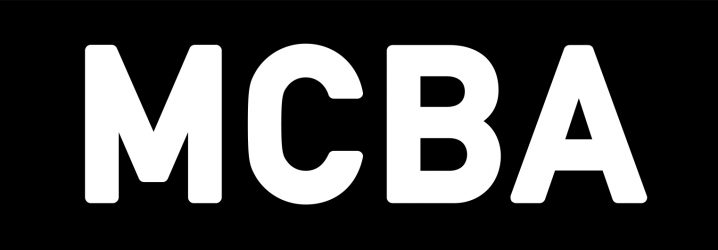Tim Ternes, MA is Director of Programming at the Hill Museum & Manuscript Library (HMML), as well as Director of its Saint John’s Bible project. At the beginning of 2018, HMML started partnering with MCBA on a series of lectures and accompanying exhibition exploring the history of the book. Ahead of his May 24 lecture, “The Manuscript Meets the Modern Scriptorium,” we sat down with Tim to learn more about HMML’s valuable work and why it made sense to partner with MCBA.
What are HMML’s primary goals as an institution?
The Hill Museum & Manuscript Library (HMML), located at Saint John’s University in Collegeville, Minnesota, holds the world’s largest archive of manuscript photographs in both microfilm and digital format. HMML identifies manuscript collections around the world that need photographic preservation. Our archives now contain more than 200,000 complete manuscripts, ranging in size from large codices of hundreds of folios to brief documents consisting of just a few leaves.
HMML’s mission has three major components: digitally preserving rare and endangered manuscripts; archiving, cataloging and sharing manuscripts online; and fostering research on the thoughts and cultures represented in the manuscripts.
From where do you acquire your manuscripts, and how does that process work?
HMML is currently carrying out preservation projects in several countries in Europe, Africa, the Middle East, and in India. We apply the following criteria when deciding whether to pursue a new opportunity: risk to the manuscripts, likelihood of obtaining access and permission to photograph the manuscripts, assurance of appropriate rights to make the images available to researchers, historical and cultural significance of the collection, coherence with HMML’s existing and envisioned collections, and volume of material likely to be digitized.
Once we have determined a collection meets the criteria, our executive director works to negotiate an agreement with the holding institution. HMML makes the images available to researchers and scholars, but the manuscripts never leave the physical possession of the owners.
In the past, western museums, libraries, and private collectors acquired manuscripts from the Middle East, Ethiopia, and other regions by means that would be considered illegal or at least unethical today. Entire libraries were alienated from their original communities.
HMML believes that manuscripts should remain in their communities and countries of origin. High-quality digital imaging ensures that the contents of manuscripts, including even minor details, will be preserved for centuries to come and readily available for research.
What can these documents teach us? Why are they important to preserve?
These documents are windows into the past. They help us to understand our present and future by studying the knowledge of those who came before us. For example, while HMML’s holdings are primarily related to Christian cultures of east and west, HMML also holds thousands of Islamic manuscripts and is actively developing new projects focused on Islamic material. Much of HMML’s work has been in places of historic cultural interaction among various religious traditions. For centuries, most of these communities lived side-by-side in peace. HMML’s holdings have abundant material on relations between Christians, Muslims, and Jews (in Spain, Malta, the Middle East, Ethiopia) or Christians, Hindus, and Muslims (India). Studying these manuscripts and their relationship to each other can give us insights into communicating with each other today.
What is HMML hoping to accomplish through partnering with MCBA on this lecture series and exhibition?
The goal of collaborating with MCBA is to introduce the culture of the manuscript and HMML’s work and collections to a new audience. With the common focus on the written word, a partnership with MCBA seemed natural. Seeing guests marvel at a hand-lettered book done to mimic printed text or sense their amazement at looking at an almost 1000 year old piece of manuscript is why I enjoy my work so much.
I have enjoyed the collaborative process working with the staff at MCBA. Everyone has been so welcoming and open to ideas. The support from the staff for our partnership has been excellent.
***
Learn more about HMML and its exhibition.


